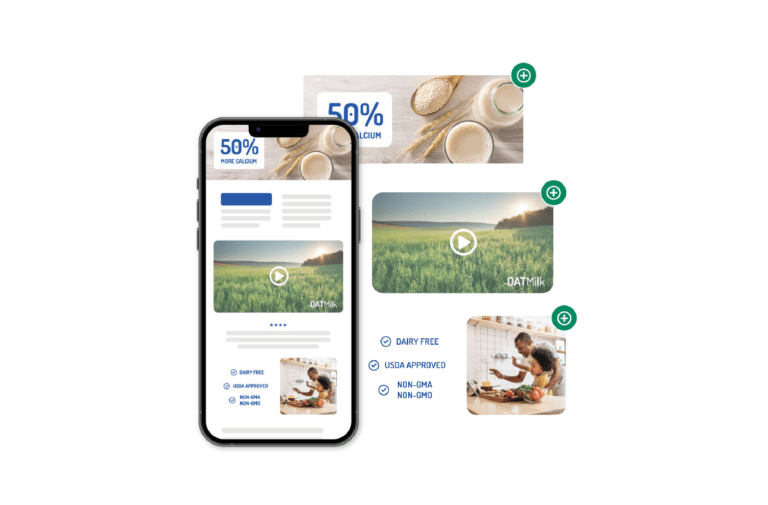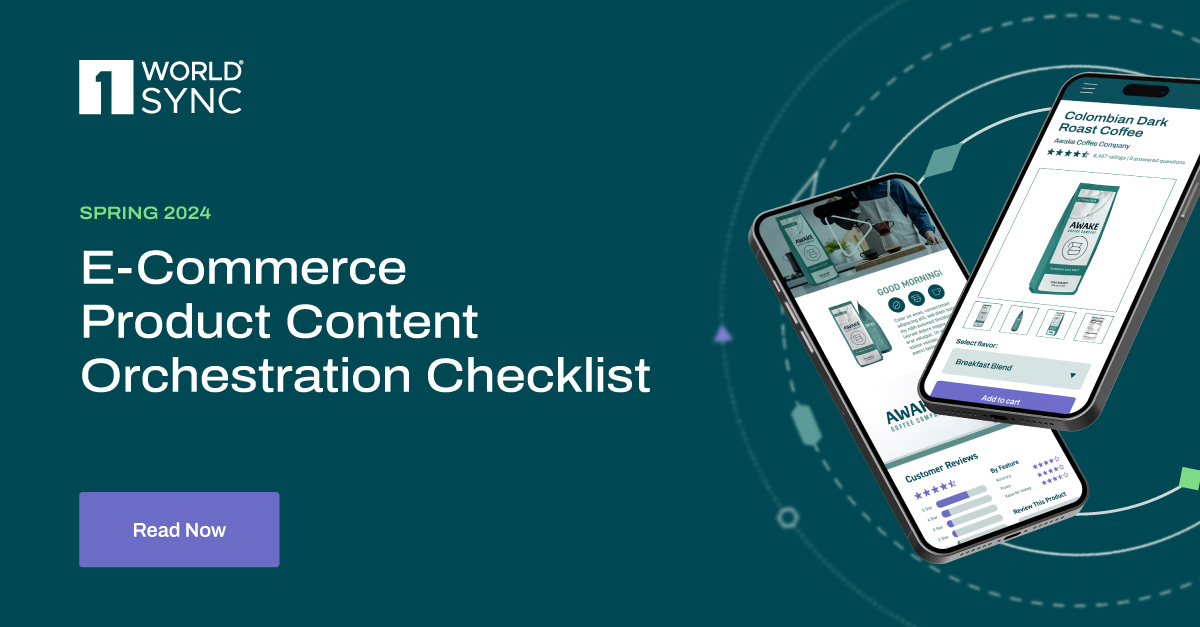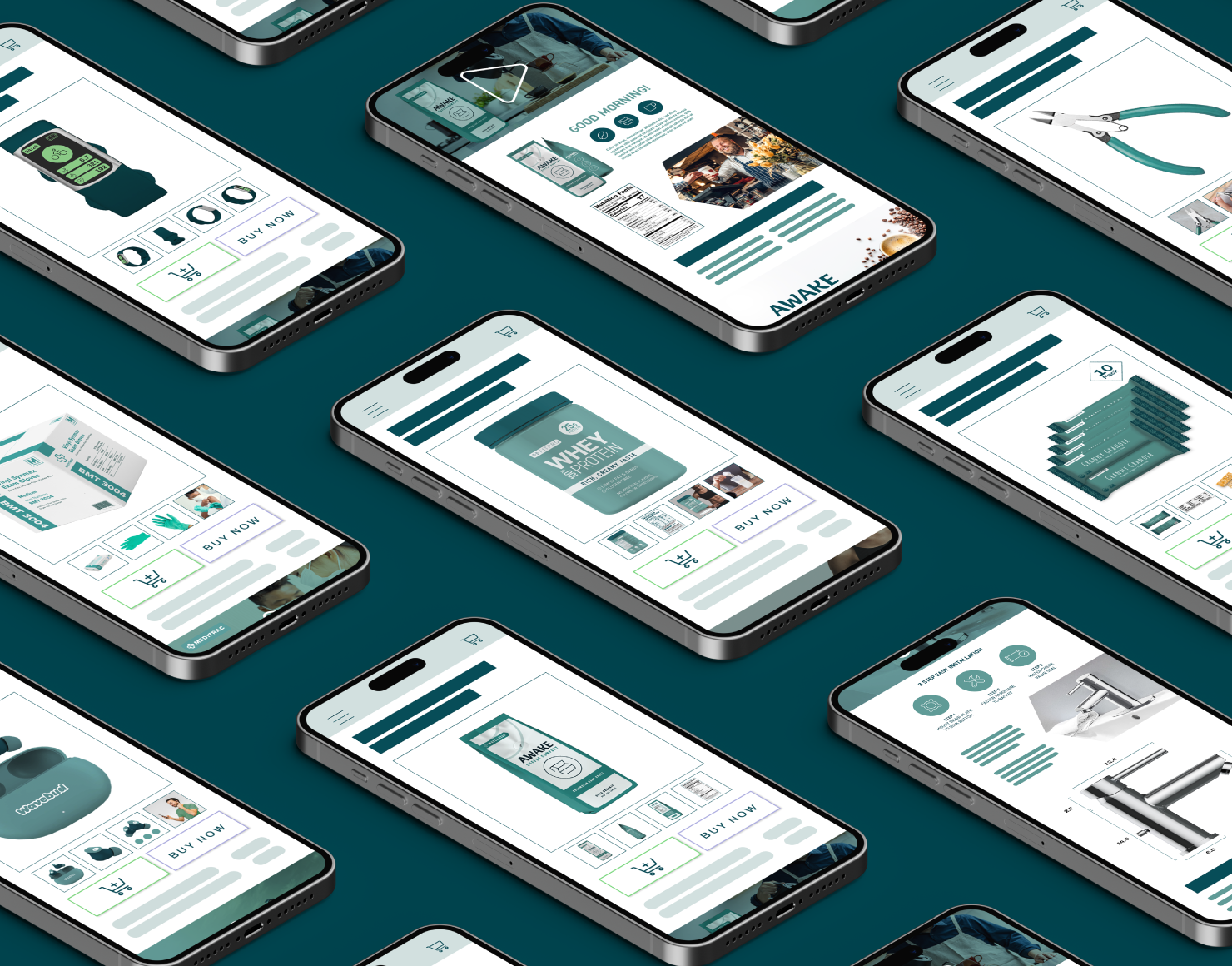Rich media is essential for e-commerce success. Our guide to building e-commerce rich content spreads will give you an in-depth understanding of how and why to implement this content into your marketing strategy.
What is Rich Content and Why is it Important for E-Commerce?
Rich content—also known as below-the-fold, inline, enriched or A+ content—is brand-provided content displayed within a retail partner’s product detail page.
Rich content allows you to place high-impact media outside the confines of the image gallery, significantly increasing shopper engagement and add-to-cart conversions.
Content drives traffic to your site, engages users, and compels them to purchase from your brand.
But simply having content on your pages isn’t enough to propel you to prime digital shelf real estate. Publishing rich product content is a prime differentiator in e-commerce brands that win their market share and those that don’t.
Rich content is one component of a successful content strategy that draws searchers in and moves them toward purchase. This type of inbound marketing is essential for e-commerce brands as shoppers rely on product content to inform and guide their buying decisions.
A recent consumer survey from 1WorldSync found that 87 percent of consumers went online to buy products they had previously purchased exclusively in-store. That means shoppers have less face-to-face interaction with the goods they shop for and buy.
In a retail market ruled by e-commerce, brands must find ways to engage and inform customers while providing the next best thing to an in-person shopping experience.
That’s where rich content comes into play. Unlike traditional content that informs but doesn’t engage or compel, rich content enhances every aspect of the content experience. The following are examples of rich content on e-commerce pages:
- Product videos
- 360-degree spin imagery
- Detailed product specs and dimensions with comparisons to competing product
- 3D and augmented reality (AR) product views
- Hot spot images with cross-selling

Implementing rich content spreads on your site compiles multiple engaging, conversion-driving elements in one place, empowering you to move more products, increase revenue and take hold of your market share.
How Rich Content Works
Rich content allows you to put high-impact media in front of shoppers on e-commerce product pages. Host your content on your desired platform, and it’s instantly displayed on your e-commerce partner’s site.
There are three primary components of creating and publishing a rich content spread for your e-commerce brand. We explore them below.
1. Design
Your rich content speaks to your brand’s identity and can earn leads or drive them away. The design elements of your rich content contribute to your brand story and voice and the message you communicate to your audience.
When designing your rich content spreads, you don’t need to create brand new content. Leverage your existing content, compiling the elements to build a spread that says who you are, what you sell and why your products are the best solution for your users’ needs.
2. Syndication
Publishing and syndicating content is a crucial step in the creative process. Today’s e-commerce brands partner with multiple companies to sell their products across many platforms. Your e-commerce brand might have hundreds or even thousands of SKUs published to the same number of retailers.
When working with numbers this high, your team doesn’t have the time or resources to waste on manual content edits. Syndicating your rich content spreads through a single source of truth allows you to publish and edit your content in real-time and all at once.
3. Tracking and Optimization
Merely publishing your media spreads isn’t enough. Your team must constantly track your content for performance metrics so you can know –– with hard data –– what engages and converts.
Tracking and optimization are essential components of your content strategy that cannot be ignored. Content data analysis lets you learn which products receive the most traffic and clicks.
Page tracking helps you identify actionable steps to convert more shoppers. Optimizing your rich content spreads and e-commerce pages provides a better user experience, increasing add-to-cart and other conversion rates.
Components of Rich Content Spreads that Convert
We’ve walked through the “how” of rich content, and now it’s time to explore the individual components of effective rich content spreads for e-commerce pages.
1. Informative Imagery
Shopping is digital. That means your images are your products. Posting a single photograph on your product detail pages is not enough. Customers want (and need) more than just static photos. They need product images that replicate the in-person shopping experience.
Product imagery must be both attractive and informative. High-resolution images and 360-degree spins allow your customers to see –– in detail –– every angle of your product. High-level product photography builds confidence in your brand and brings consumers to a purchase decision.
1WorldSync research found that product images were among the most important factors in engaging shoppers and keeping them on a product page. An astounding 73 percent of consumers say that too few or poor-quality product images will cause them to leave a page or website.
Every choice regarding your e-commerce content affects your position on the digital shelf. Informative imagery contributes to a rich content spread that drives conversion.
2. Informative Product Detail Pages
Your product detail pages (PDPs) provide essential information for shoppers as they evaluate your goods, compare them with others and determine their purchase decisions. Product page descriptions should provide abundant information and data to the shopper. Transparency in product descriptions cultivates confidence in your products and your brand, which helps you make the initial sale and promotes customer retention.
3. Hot Spot Images
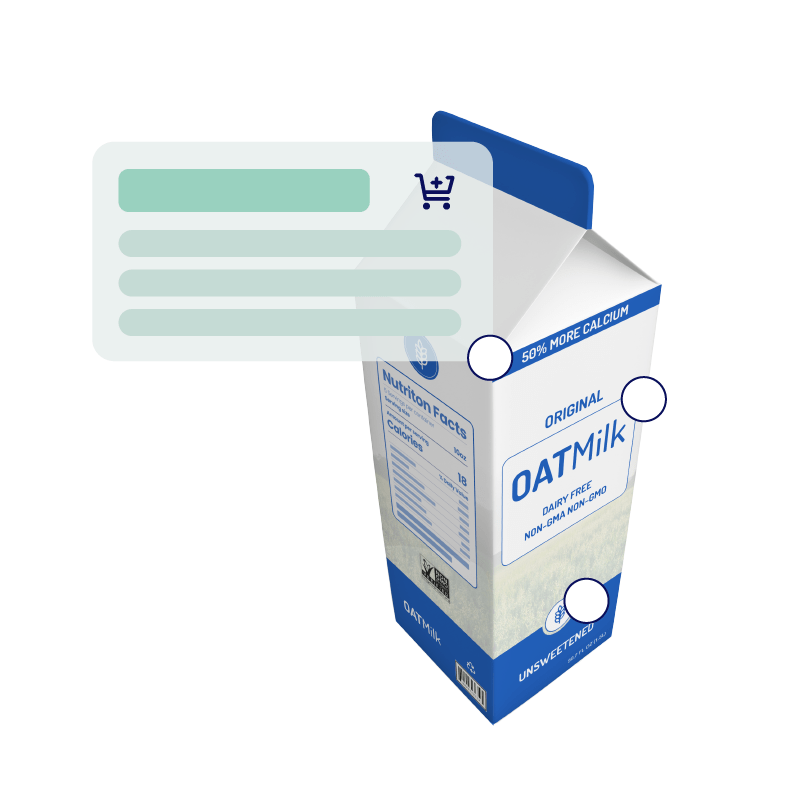
Hot spots on product images provide your shoppers with another layer of meaningful information. They create an interactive experience with consumers, allowing them to learn more about your products. Hot spots can create cross-sell opportunities and provide context for product usage.
4. AR Product Viewing

Augmented reality e-commerce content allows shoppers to visualize their use of your product. AR applications increase consumer confidence, and according to one study, 61 percent of shoppers prefer to shop with retailers that offer AR experiences.
Incorporating AR as part of your rich content spread gives you a competitive advantage and further engages consumers as they move from consideration to purchase.
5. Product Comparisons, Specs and FAQs
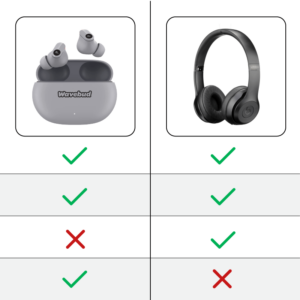
Consumers have unlimited access to product choices and information thanks to widespread digital shelf adoption. Your rich product content should include easily readable and consumable product comparisons.
Use rich content not only to tell but show your shoppers why your products are superior. What can you offer that your competition cannot? What product features set you apart? Preemptively address questions and concerns with thorough FAQs.
You can communicate this information in simple text, but when every second counts and consumers demand exceptional, frictionless commerce experiences, you will gain a market advantage when you use rich content to provide this data.
Tell the Whole Story of Your Product with Rich Content Spreads
Today’s consumer wants more than a product. They want an experience from brands with a story. Rich content spreads allow you to provide that experience through your brand narrative, weaving your identity into every component of your content.
1WorldSync provides the tools you need to build conversion-driving rich media and content spreads. We give you the resources and support you need to make a statement, track engagement and sell more.
Reach out today to learn how 1WorldSync rich content tools can help you optimize your content strategy starting today.
